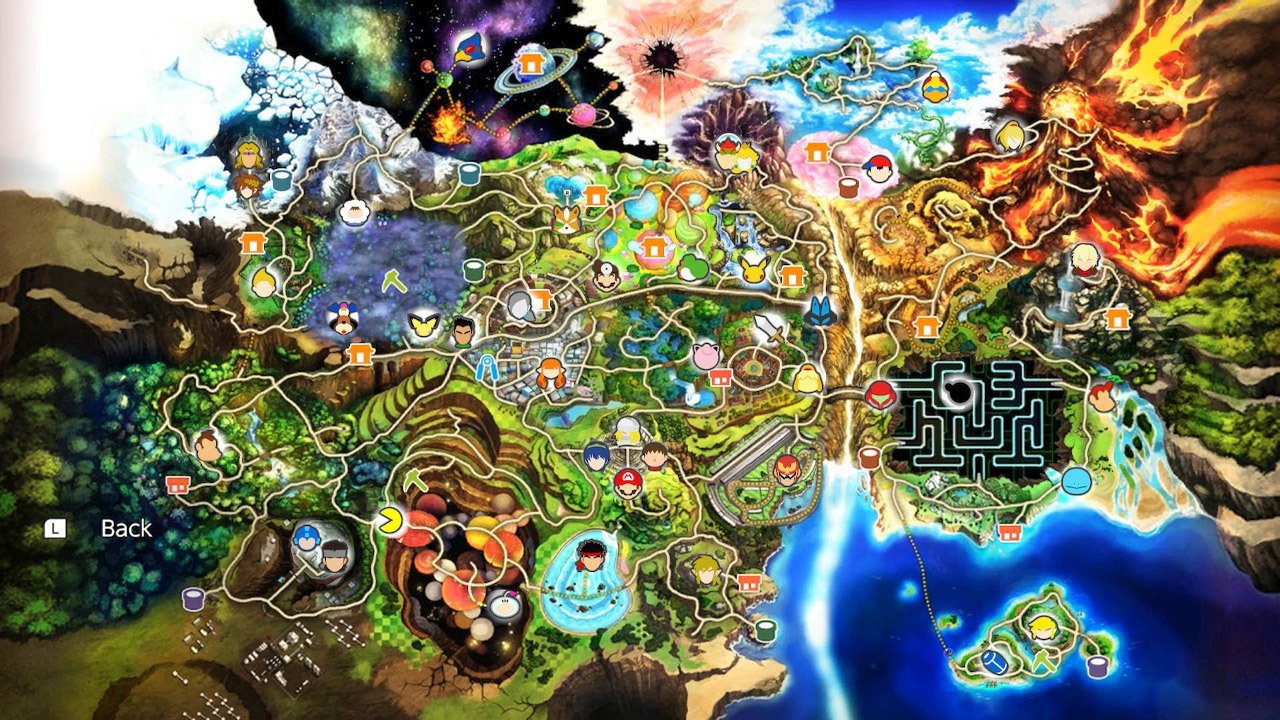

If Ultimate tried to describe the options available to you up front, it would make the game feel like taking a correspondence course at history’s most useless technical college. It demands you discover those riches through patient, playful exploration on your own. Ultimate is open about the fact that you’ll go on to unlock an additional 68 characters, an absurd largess of diverse cartoon weirdoes to make comically headbutt each other, but it hides how much game there is surrounding the basic fights.

The basics are in place to acclimate the series faithful to Ultimate’s fast, rebalanced take on glorious slap fights and to ease newcomers into the flood that awaits them. Though Ultimate starts with its 100 battle stages available from the start, it actually does leave you with just the same eight characters that were playable back on Nintendo 64.Īll this apparent simplicity is a actually a measured, stealthy icebreaker. The game lets players take control of a broad cast of iconic characters like mustachioed Mario or lithe, living tank Samus Aran of Metroid, shoves them into lovingly detailed dioramas based on the games they came from, and then lets them slap the ever-loving shit out of each other. Skin deep, this is recognizably the same goofy brawler that first came out in 1999. If that’s all it was, it would still be an excellent game. Ultimate comes off at first as a simplistic greatest hits set.

I have never played a game this endlessly specific or one that’s more delightful because of its bewildering intricacy. project as it’s evolved over the past 20 years, a veritable Valhallan mead hall for damn near every Japanese video game character that’s graced a Nintendo machine since 1977. This really is the ultimate expression of the Super Smash Bros. That madman Masahiro Sakurai wasn’t boasting. Ultimate, the most soulful work yet from Nintendo on the Switch, is an ocean of both literal and metaphorical spirit. Every person, every work of art, is the summation of individual choices and moments.


 0 kommentar(er)
0 kommentar(er)
